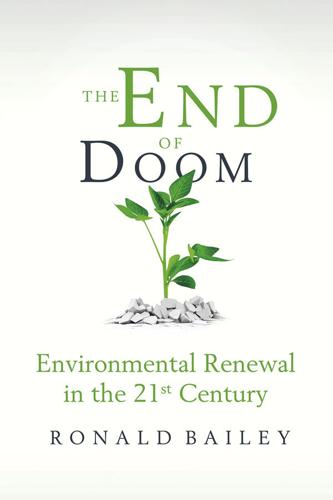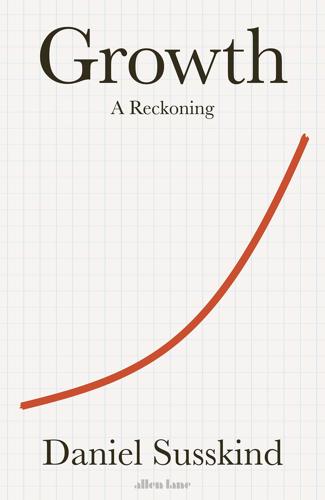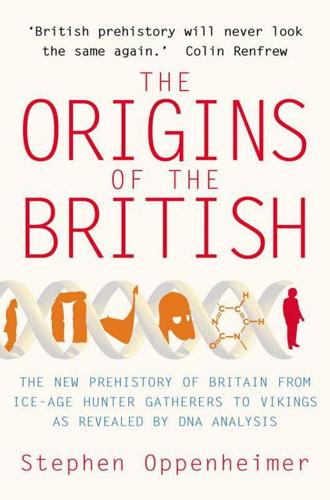
The End of Doom: Environmental Renewal in the Twenty-First Century
by
Ronald Bailey
Published 20 Jul 2015
After all, economic growth would mean more wealth for them to loot. In their 2012 book Why Nations Fail: The Origins of Power, Prosperity, and Poverty, MIT economist Daron Acemoğlu and Harvard economist James Robinson largely concur with the analysis of North and his colleagues. They too find that since the Neolithic agricultural revolution, most societies have been organized around “extractive” political and economic institutions that funnel resources from the mass of people to small but powerful elites. The economic and political institutions that produce economic growth are inevitable threats to the power of reigning elites.

Growth: A Reckoning
by
Daniel Susskind
Published 16 Apr 2024
The latter argued in favour of slavery, human beings as property. 10 Samuel Bowles and Jung-Kyoo Choi, ‘Coevolution of Farming and Private Property during the Early Holocene’, Proceedings of the US National Academy of Sciences, 110:22 (2013), 8830–35; Samuel Bowles and Jung-Kyoo Choi, ‘The Neolithic Agricultural Revolution and the Origins of Private Property’, Journal of Political Economy, 127:5 (2019). The argument is actually more subtle: that farming required property rights, but also that property rights required farming, i.e., they coevolved (because the things involved in farming were easy to demarcate and assign rights over). 11 Adam Smith, An Inquiry into the Nature and Causes of the Wealth of Nations: A Selected Edition (Oxford: OUP, 1998), p. 21. 12 See Carla Hesse, ‘The Rise of Intellectual Property, 700 BC–AD 2000: An Idea in the Balance’, Daedalus (Spring 2002), 26–45. 13 12.521, www.loebclassics.com/view/atheneus_grammarian-learned_banqueters/2007/pb_LCL327.55.xml; 7.pf, www.loebclassics.com/view/vitruvius-architecture/1931/pb_LCL280.67.xml; 3.3, www.loebclassics.com/view/suetonius-lives_illustrious_men_grammarians_rhetoricians_grammarians/1914/pb_LCL038.385.xml.

The Origins of the British
by
Stephen Oppenheimer
Published 1 Jul 2007
Immediately after the Younger Dryas, sea levels rose at a dramatic rate, which eventually slowed until another warm-up hit and produced the highest post-LGM temperatures, causing the final over-topping ‘flood’ of the Black Sea around 7,500 years ago.74 Now, let us see what our ancestors were doing in this post-glacial springtime, also known as the Mesolithic. 4 ULTIMATE HUNTERS AND GATHERERS: THE MESOLITHIC The cultural period following the Younger Dryas Event, the Mesolithic, saw the final and most sophisticated flourishing of the hunter-gatherer lifestyle in Europe. It was the golden age of coastal hunter-gatherers. The Mesolithic was a time of rapid innovation in stone tools and increasing use of microliths – very small, multipurpose stone tools which had already been in use in Africa and India for 20,000 years – and preceded the Neolithic agricultural revolution. Quite a bit is known about how Mesolithic hunter-gatherers lived, and one major feature in the evolution of their lifestyle in north-west Europe was a reduction in big game hunting and an increasing reliance on the beach and sea. In making this change, our Mesolithic ancestors resembled their African forebears, who were the first humans to see the great advantages of seafood,1 but the reason for the change in Europe was the encroachment of the forest, not the desert.

2312
by
Kim Stanley Robinson
Published 22 May 2012
These compensatory ideologies are part of the hegemonic influence over subject peoples in an imperial situation. It happens in all class systems, meaning all cultures in recorded history, since the first agrarian and urban civilizations.” “They’ve all been class systems?” “There might have been classless societies before the Neolithic agricultural revolution, but the record makes our understanding of those cultures very speculative. All we can say for sure is that in the post–ice age agricultural revolution, which was one of those more general revolutions that took perhaps a thousand years, a division into classes was institutionalized as a state power apparatus.

Power and Progress: Our Thousand-Year Struggle Over Technology and Prosperity
by
Daron Acemoglu
and
Simon Johnson
Published 15 May 2023
With revealing, relevant stories from throughout economic history and sensible ideas for systemic reform, this is an essential guide for this crucial battle in the ‘one-thousand-year struggle’ between the powerful and everyone else.” —Kurt Andersen, author of Evil Geniuses “One powerful thread runs through this breathtaking tour of the history and future of technology, from the Neolithic agricultural revolution to the ascent of artificial intelligence: Technology is not destiny, nothing is pre-ordained. Humans, despite their imperfect institutions and often-contradictory impulses, remain in the driver’s seat. It is still our job to determine whether the vehicles we build are heading toward justice or down the cliff.